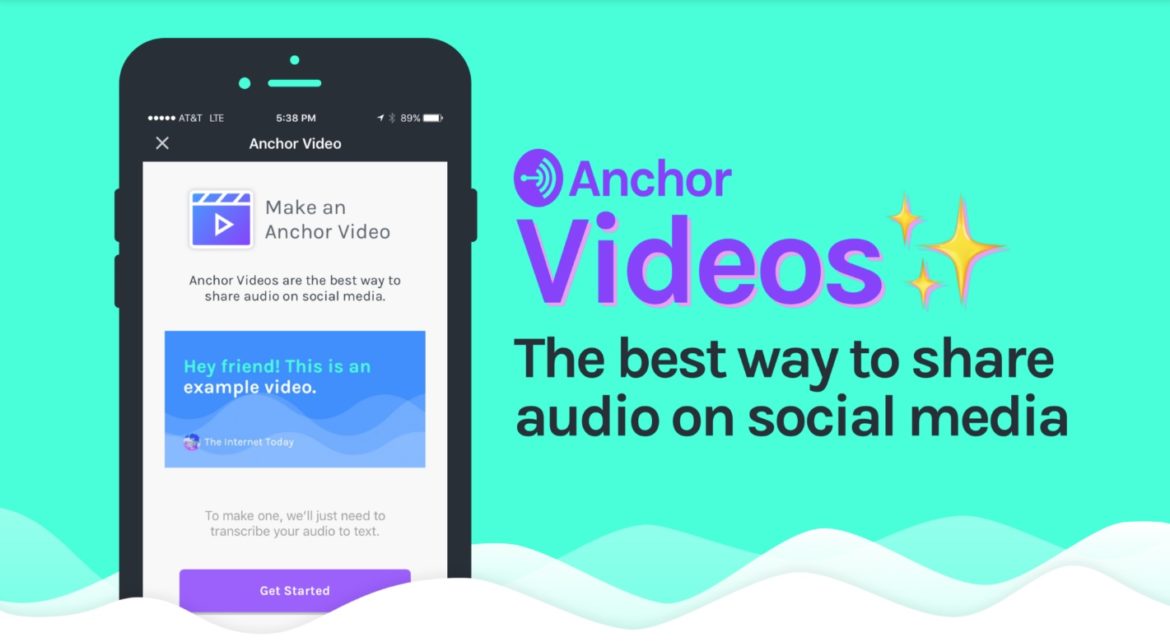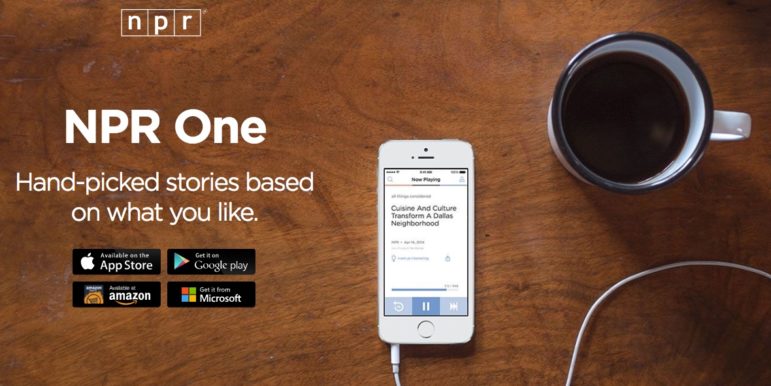

From Podcasts to Social Audio: 7 Innovations in Audio Storytelling

Photo: Jason Rosewell on Unsplash
The past 15 years have transformed the world of audio. Key factors: Smartphones, bandwidth and Apple. Since 2003, at least seven other milestones have helped the audio renaissance gain steam.
1. The First Podcast Feeds — 2003
Digital audio files were generally distributed through Web pages in the days of “webcasting” that preceded podcasting. In late 2003, Dave Winer began wrapping audio in an RSS feed and Adam Curry created an RSS to iPod script. These and other related developments paved the way for the growth of “podcasting,” a term first used in this Guardian piece in 2004.
2. Embedded Audio — 2008
Before podcast players were commonplace on smartphones, Soundcloud launched in 2008 and made it easy to distribute audio with the first widely adopted embeddable audio tool. It was free and easy to use. Here’s an embed example, from the debut episode of our Tow-Knight podcast.
https://soundcloud.com/cuny-tow-knight/inside-tow-knight-podcast-episode-1
3. In-Line Audio — 2013
Five years later, in 2013, Northwestern’s Knight Lab developed Soundcite, a terrific tool to make it easy to integrate sound snippets inline, right in the soul of a web story. When you explore Soundcite examples, like the Ballad of Geeshie and Elvie, you hear a small bit of sound bring a piece of text to life.
4. Social Audio — 2018
A decade after Soundcloud launched and five years after Soundcite, Anchor.fm has taken audio embedding a step further. Anchor enables anyone to create a short video out of any audio clip that’s under three minutes. That means you can easily share audio in a visual way on social platforms like Twitter, Instagram or YouTube. Entrepreneurs have tried numerous times to create an “Instagram for audio” (witness the defunct French startup Bobler, for example), but this is the first time there appears to be traction.
5. Democratizing Audio Publishing — 2018
Anchor has also made it easy for anyone to create and distribute a podcast. Others have focused on democratizing various aspects of the audio creation process, but Anchor is the best-designed service for novices that I’ve seen and the easiest to use. It’s also free.
6. Automagical Transcription — 2018
Otter, Deepgram, Descript, Temi, and many other new audio transcription tools use artificial intelligence and new speech recognition libraries to magically transcribe audio almost instantaneously for a fraction of what it used to cost. In another writeup, I summed up many of the available transcription services, so here I’d just like to point out that advances in transcription technology are hugely valuable for journalists, particularly those working regularly with audio.
7. Feature-Rich Podcast Players: 2013–2018
New podcast players have improved the listening process much like Netflix and YouTube have set the standard for watching digital video.
- NPR One’s algorithmic smart recommendations provide a great listening experience without requiring you to sort through a thousand options.
- Castro ($5) has become my favorite podcast player because its design focuses on letting you easily manage a Netflix-like listening queue.
- Overcast is an excellent free (ad-supported) player that has unique, useful features like Smart Speed (automatically shortens silences) and Voice Boost (normalizes volume so each show is audible and clear).
- Downcast ($3) supports iOS, Mac, Apple Watch and CarPlay, and works with video podcasts, unlike other top players. You can create smart playlists (e.g. a list auto-updated with video podcasts that you’ve partially played).
- Pocket Casts has a terrific, unique feature. It lets you create and publish a public list of podcasts of any size, on any topic. Here’s an example, highlighting notable podcasts for kids.
- Breaker focuses on social listening—sharing great listens with your friends.
- Radio Public has an intriguing manifesto that lays out its ambitions to help surface wonderful podcasts that might not be at the top of the download charts. “It’s a personal contextual radio station, assembled just in time, for you, every time.”
This post was originally published on Medium and is cross-posted here with permission.
 Jeremy Caplan is Director of Education for the Tow-Knight Center for Entrepreneurial Journalism at CUNY’s Newmark Graduate School of Journalism and a former Time magazine reporter.
Jeremy Caplan is Director of Education for the Tow-Knight Center for Entrepreneurial Journalism at CUNY’s Newmark Graduate School of Journalism and a former Time magazine reporter.












